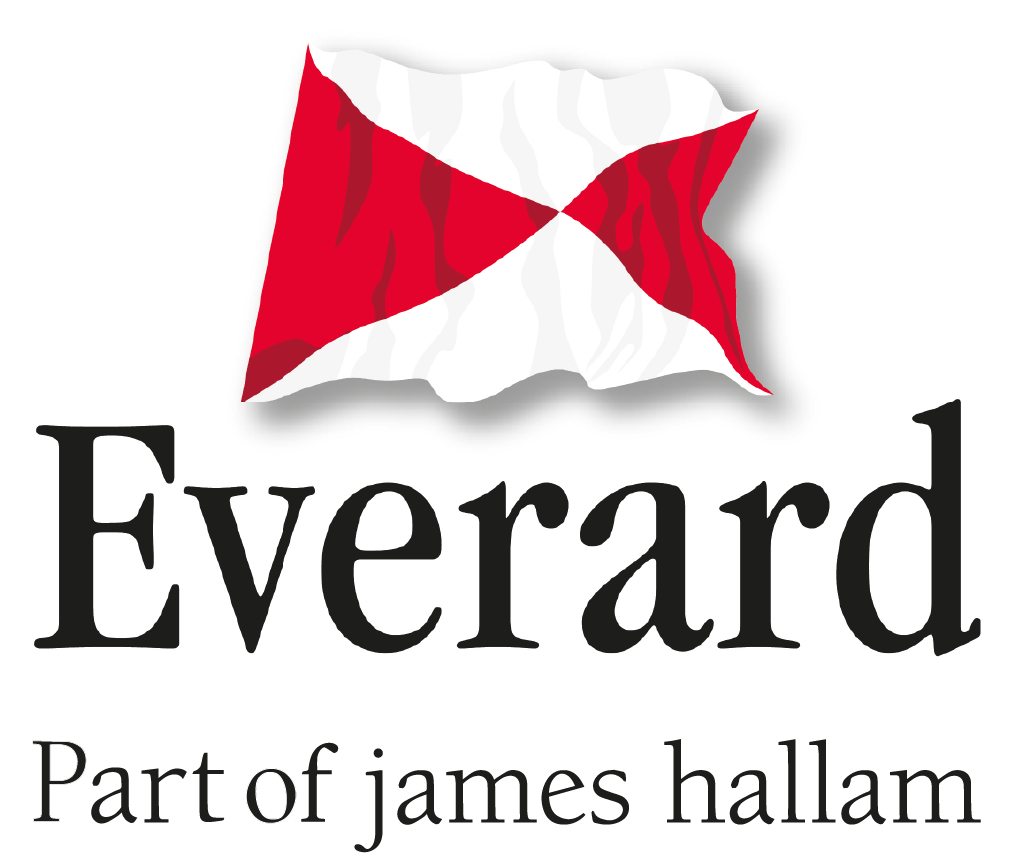If you are the freeholder for a property, you may have certain duties and responsibilities when it comes to insurance.
In this post we will outline the key freeholder insurance responsibilities and duties. We will also explore a recent change in the law, and outline how this might affect you as a freeholder.
Key Duties and Legal Responsibilities For Freeholders
The Landlord and Tenant Act 1985 and the Landlord and Tenant Act 1987 outline some key legal obligations that apply to all freeholders – that is, the party who owns the land on which a property is built.
These legal obligations include:
- Repairing and maintaining the building structure.
- Cleaning and maintaining any communal areas in the property, such as hallways, stairs, lifts, and doors.
- Setting and collecting ground rent and service charges.
- Delivering management reports to leaseholders to outline how ground rent and service charges are spent.
Do I Need Freeholder Building Insurance?
Your leasing arrangement may stipulate that, as a freeholder, you need to get suitable building insurance for your property. Additionally, your local council regulations might specify that you need some form of protection in place for your tenants. Getting adequate cover might also be a key requirement of your mortgage arrangement.
Yet even if you do not have a legal responsibility to get insurance, it remains essential that you get suitable cover for any potential loss, damages, or legal issues.
The Risk of Inadequate Cover
Without adequate cover in place, you might be personally liable for any losses or damages arising from incidents at your property. Even a small claim can come with a huge financial cost.
Specialist insurance provides freeholders, leaseholders, and tenants with essential peace of mind that everything will be taken care of should anything ever go wrong.
What Type of Insurance Do Freeholders Need?
You might see freeholders building insurance referred to as “block of flats insurance”, or “multi-unit dwelling insurance”. In any case, it is a specialist form of cover for property owners who provide accommodation for multiple residents.
You should be able to get a bespoke policy that is tailored to meet your specific needs as a freeholder. Yet most policies will include cover for the following:
- Structural damage, including subsidence.
- Flooding, whether caused by burst pipes, escape of water, or otherwise.
- Loss of rent.
- Alternative accommodation for tenants, should your property become uninhabitable.
- Break-ins, vandalism, and theft.
- Public liability and third party liability – for claims involving accidents or injuries sustained while on or near your property.
New Multi Occupancy Rules on Residential Properties
The FCA recently introduced new multi occupancy rules on residential properties, which came into effect on 31 December 2023. These changes affect both leaseholders and freeholders.
Essentially, the new rules require insurance firms to be more transparent when providing key information to leaseholders and freeholders.
These changes apply to multi-occupancy residential buildings including multi-tenanted leasehold properties, buildings converted into individual flats, and mixed commercial and residential occupancy buildings. They may bot apply to Houses in Multiple Occupancy (HMOs).
For more information, contact your insurer.
Talk To James Hallam About Your Freeholder Insurance Needs
James Hallam is an independent Lloyd’s broker with a dedicated team of experienced insurance professionals. We are committed to getting you the cover you need at a price you can afford.
Talk to us, and we can help you ensure you have enough cover to protect your freehold property at a truly competitive price. We will take the time to understand your risks so we can tailor a flexible freeholder building insurance policy that offers full cover at outstanding value.









